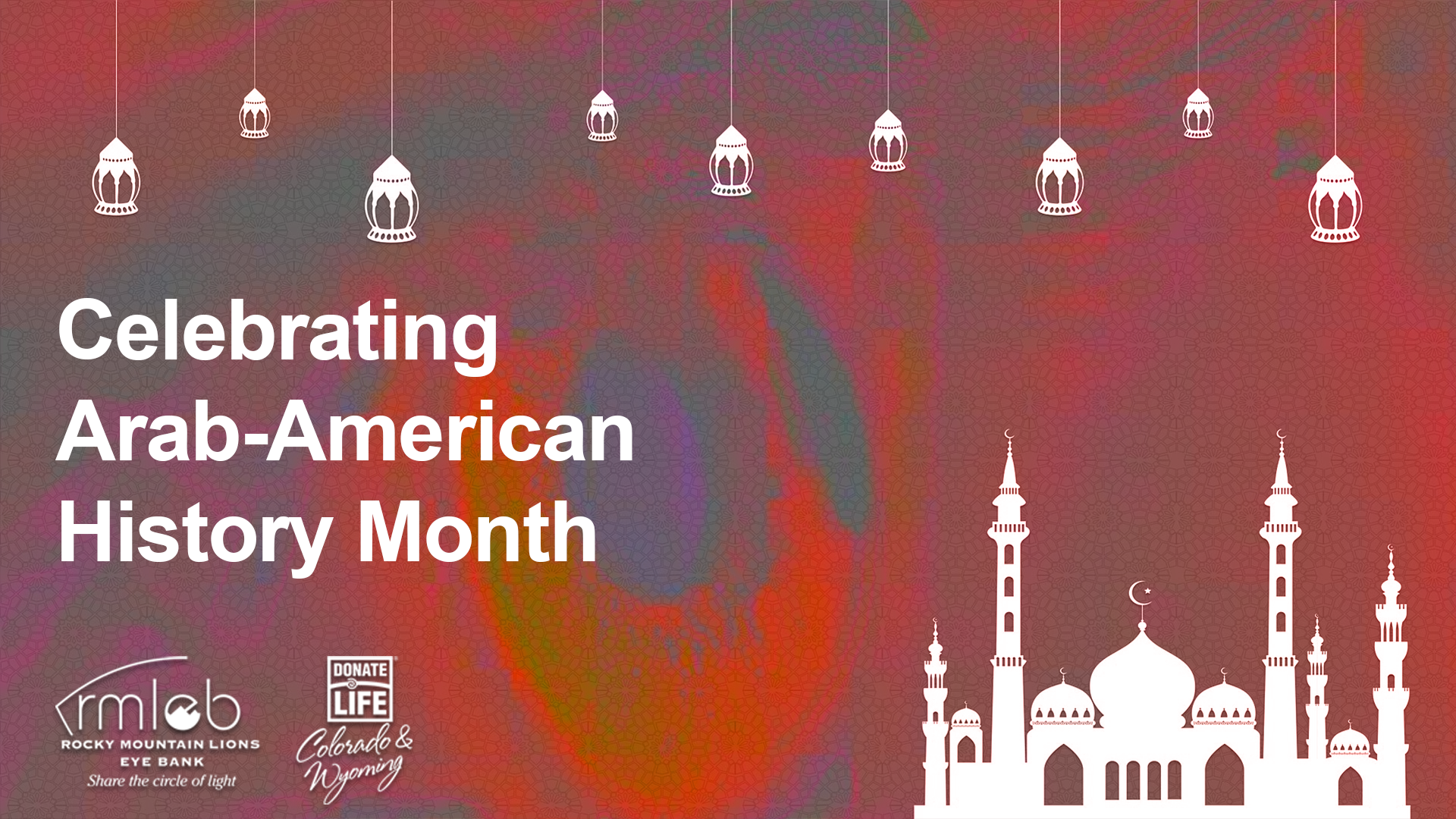Celebrating Arab-American History Month
Acknowledging ophthalmology’s Arab roots, honoring Ammar ibn Ali al-Mawsili, an eleventh century ophthalmologist.
In the 11th century Middle East there was an Arab ophthalmologist named Ammar ibn Ali al-Mawsili. Born in Mosul, Iraq, Ali al-Mawsili was known for inventing the hypodermic syringe which he used to remove cataracts to relieve those impacted by their visual impairment.
Based in Egypt, Ali al-Mawsili wrote a book on ophthalmology and when acknowledging his invention of the hypodermic syringe he said,
“Then I constructed the hollow needle, but I did not operate with it on anybody at all, before I came to Tiberias. There came a man for an operation who told me: Do as you like with me, only I cannot lie on my back. Then I operated on him with the hollow needle and extracted the cataract; and he saw immediately and did not need to lie, but slept as he liked. Only I bandaged his eye for seven days. With this needle nobody preceded me. I have done many operations with it in Egypt.”
In celebrating Arab-American History Month, we honor the contributions of figures like Ammar ibn Ali al-Mawsili, whose pioneering work in ophthalmology left an indelible mark on medical history. As we reflect on his legacy, lets recognize the legacies of Arab scholars whose advancements continue to inspire and shape the medical world today.
Go Back Based in Egypt, Ali al-Mawsili wrote a book on ophthalmology and when acknowledging his invention of the hypodermic syringe he said,
“Then I constructed the hollow needle, but I did not operate with it on anybody at all, before I came to Tiberias. There came a man for an operation who told me: Do as you like with me, only I cannot lie on my back. Then I operated on him with the hollow needle and extracted the cataract; and he saw immediately and did not need to lie, but slept as he liked. Only I bandaged his eye for seven days. With this needle nobody preceded me. I have done many operations with it in Egypt.”
In celebrating Arab-American History Month, we honor the contributions of figures like Ammar ibn Ali al-Mawsili, whose pioneering work in ophthalmology left an indelible mark on medical history. As we reflect on his legacy, lets recognize the legacies of Arab scholars whose advancements continue to inspire and shape the medical world today.
